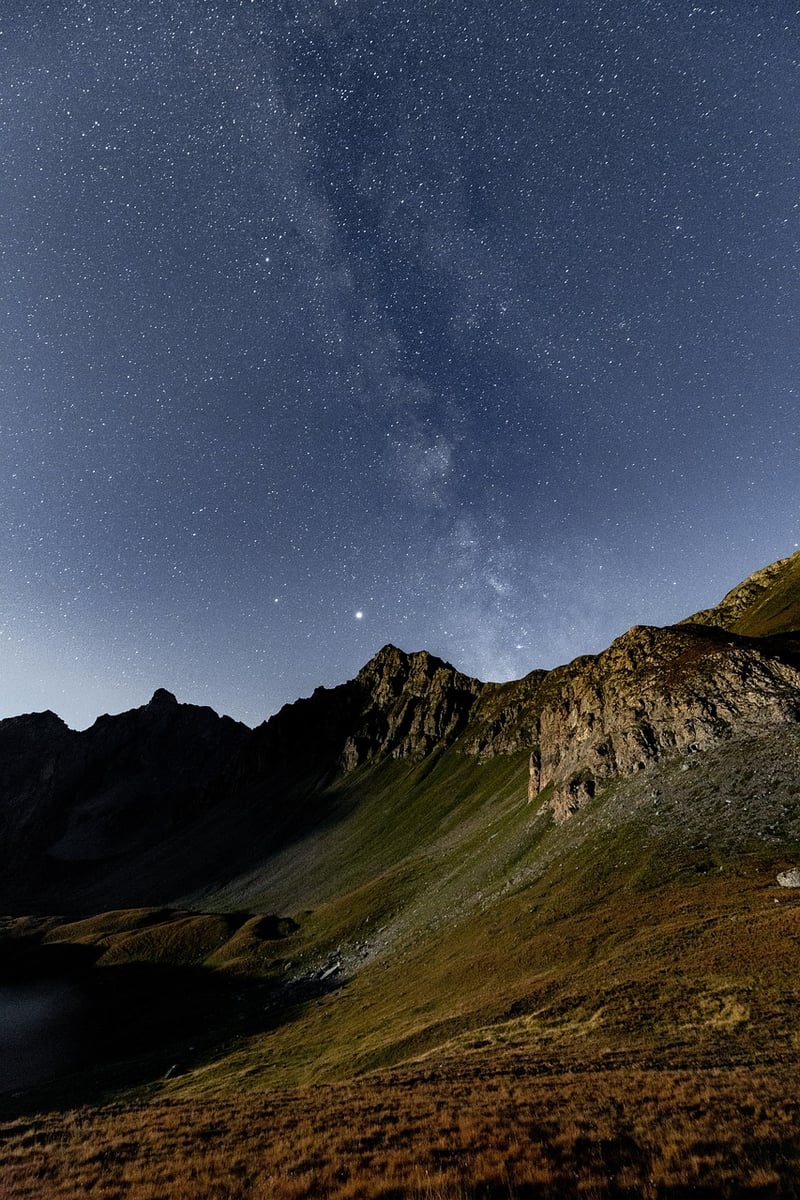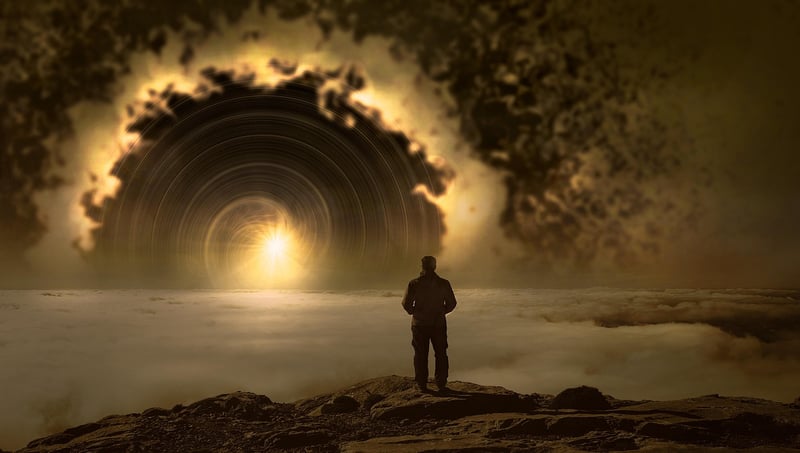Black Hole Study
Exploring Celestial Bodies and Black Hole Study
Celestial Bodies
Celestial bodies are fascinating objects in space that include stars, planets, moons, asteroids, comets, and more. They play a crucial role in understanding the vastness of our universe and how it operates.
Types of Celestial Bodies:
- Stars: Luminous spheres of plasma that emit light and energy through nuclear fusion.
- Planets: Large bodies that orbit a star and do not produce light of their own.
- Moons: Natural satellites that orbit planets and sometimes other celestial bodies.
- Asteroids: Small rocky bodies that orbit the Sun, mostly found in the asteroid belt between Mars and Jupiter.
- Comets: Icy bodies that release gas or dust creating a visible coma or tail when they approach the Sun.
Black Hole Study
Black holes are mysterious regions in space with gravitational forces so intense that nothing, not even light, can escape from them. They are formed when massive stars collapse under their gravity.
Research and Discoveries:
Scientists study black holes using various methods, including:
- X-ray telescopes to observe high-energy radiation emitted by matter falling into black holes.
- Simulation models to understand the behavior of matter and energy near black holes.
- Gravitational wave detectors to detect ripples in spacetime caused by black hole collisions.
Notable Black Hole Discoveries:
Some significant discoveries in black hole research include:
- The first image of a black hole's event horizon captured by the Event Horizon Telescope.
- Observations of stars orbiting an invisible object, indicating the presence of a black hole at the center of our galaxy.
Conclusion
Studying celestial bodies and black holes provides valuable insights into the workings of the universe. From understanding star formation to unraveling the mysteries of black hole physics, these studies push the boundaries of human knowledge and inspire awe and wonder.

Explore the wonders of our universe and delve into the depths of space to uncover the secrets of celestial bodies and black holes!
For more information, visit NASA's official website.
